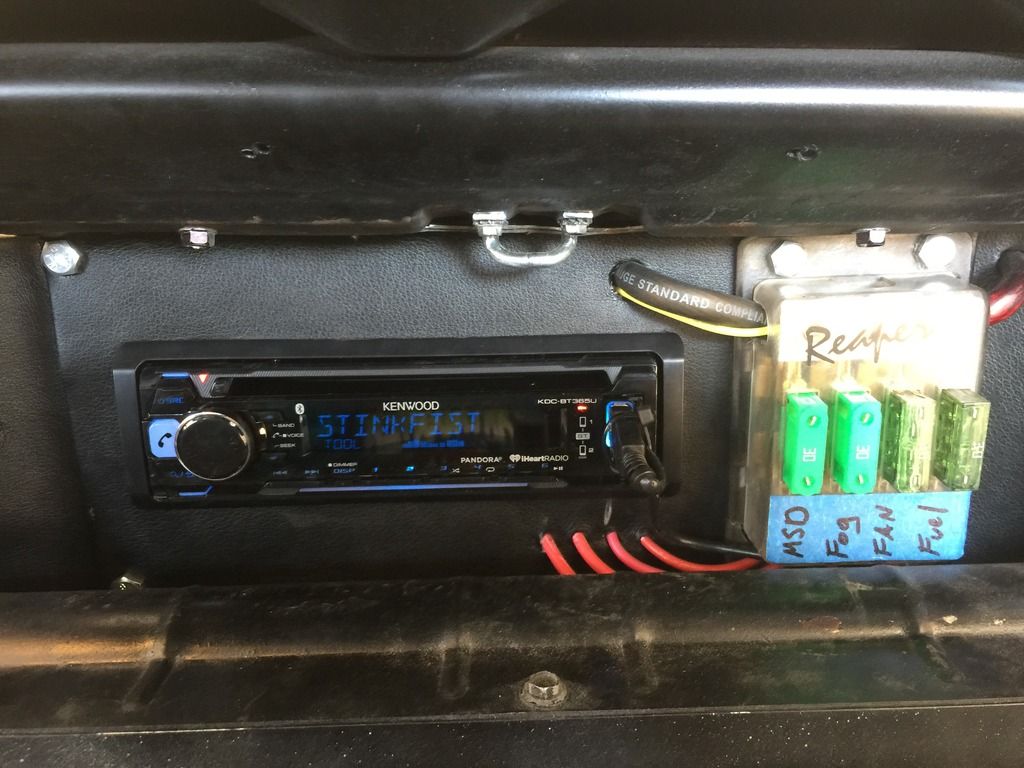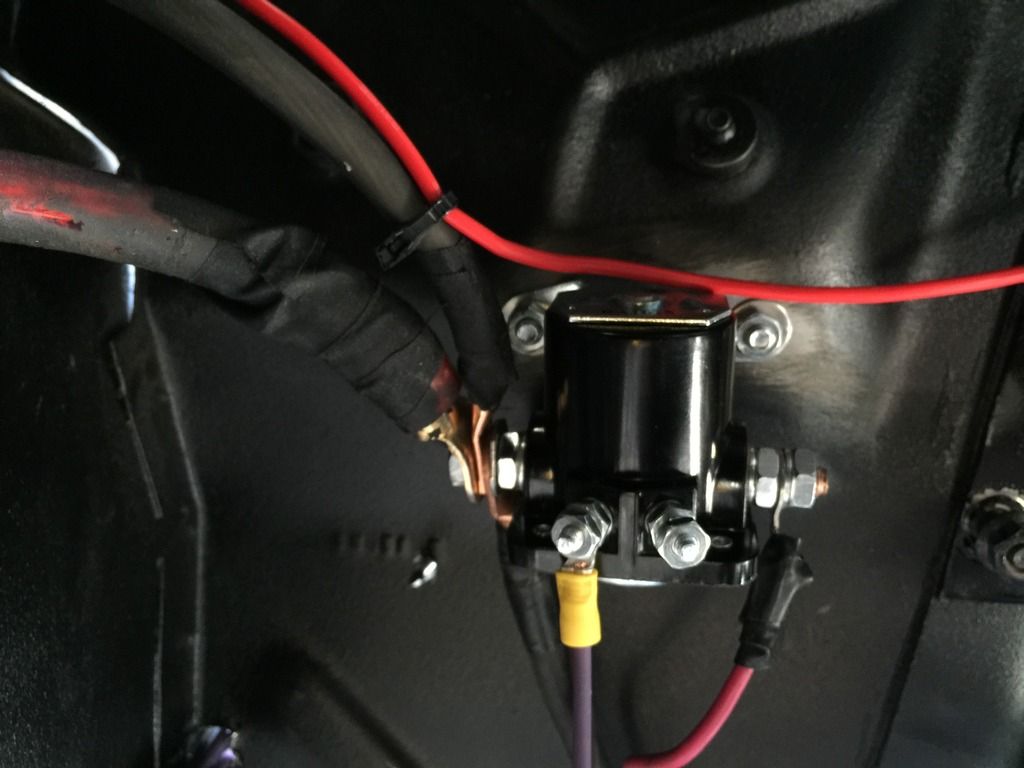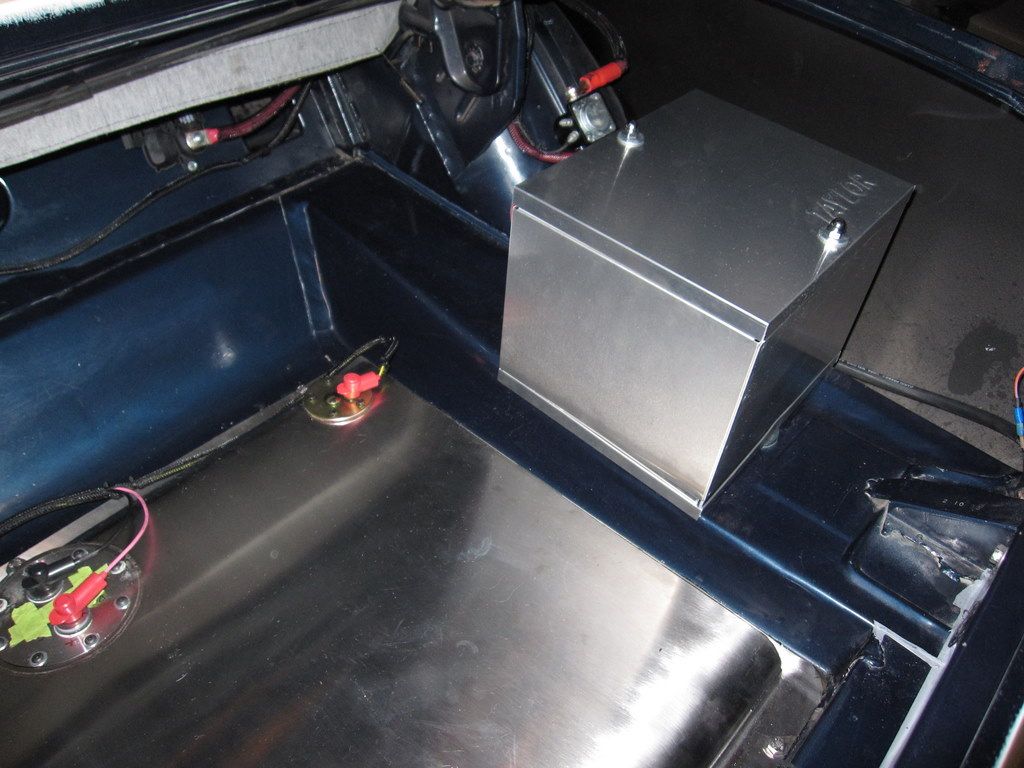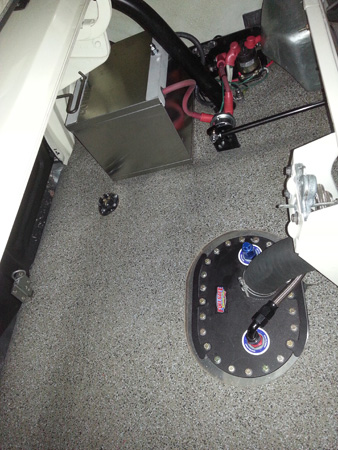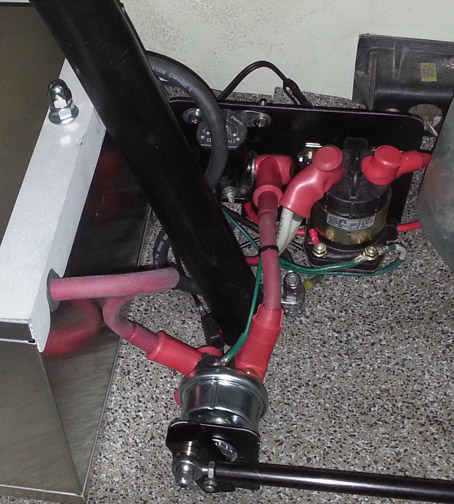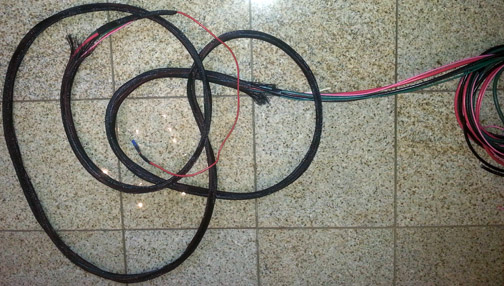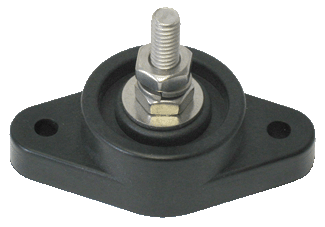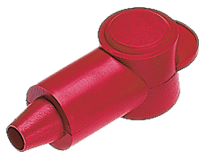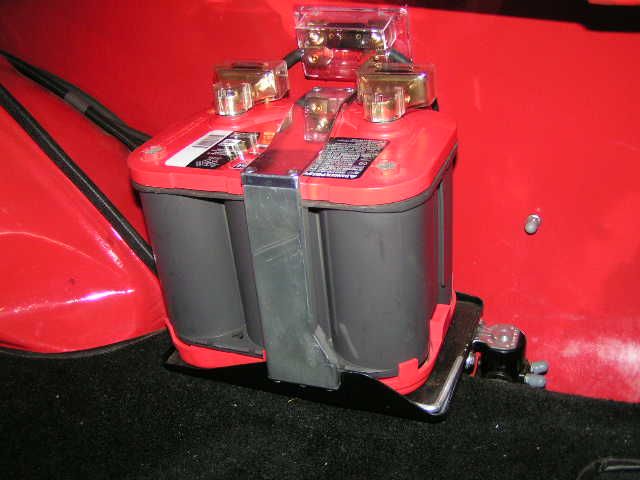My approach was similar to Shannons.
I just did this on my 70, however, I much went further than you need to go, since I needed to meet NHRA rules with a cutoff switch. I took it to the point making sure absolutely all battery power does not leave the trunk when the disconnect switch is pushed, along with stopping the engine.
I personally did not like the idea of fusing the BIG starter wire keeping it always HOT so I switched it.
Here is a summary but see my build thread here for all of the details:
http://forums.vintage-mustang.com/build-forum/725585-1970-mach-1-460-sbf-boss-build-thread-18.html
1. Disconnect Switch was used to kill the power to the trunk starter solenoid and a continuous relay for any other power- see below.
![Image]()
2. A Ford relay is used for the big starter cable (1/0 welding cable) and that cable is only HOT when cranking. After looking at a number of paths to run this cable, under the car was not possible with out lots of drilling and wandering around due to the frame reinforcements and outriggers. The cable runs from the trunk, inside over the right wheel well where it enters the interior behind the door, then along the bottom of the door sill, finally exiting through the floor kick area and right to the starter. This wire is encased in nylon braid, and any areas where there is the possibility of rubbing, grommets AND fiberglass sheathing is used, such as where it passes through the floor and where the cable enters the interior. The small section (about 14") from the floor to the starter is encased in DEI ultra sheath high temp tubing to protect it from the headers, and a small bracket holds it close to the block.
3. A continuous relay is used to switch all main power from the trunk as well as the alternator charge line. It is turned on/off with the kill switch.
4. A good ground is key. In the trunk there is a ground stud welded to the frame and roll bar plate as a common point for the battery and an additional dedicated ground cable that goes to a stud in the engine bay.
5. Like the starter cable, all wires from the trunk are all encased in flexible nylon braid and ran inside the door sill tray.
6. For the MSD box power I ran a separate 8GA wire, to a lug in the engine bay, and a second 8AWG to another stud for the main power.
7. There is a Maxi fuse for the MSD and Main PWR harness in the trunk, and being overly cautious, I also have another maxi fuse in the engine bay on the alternator charge wire, so that link is protected at both power sources (BAT and ALT).
Hope this helps


